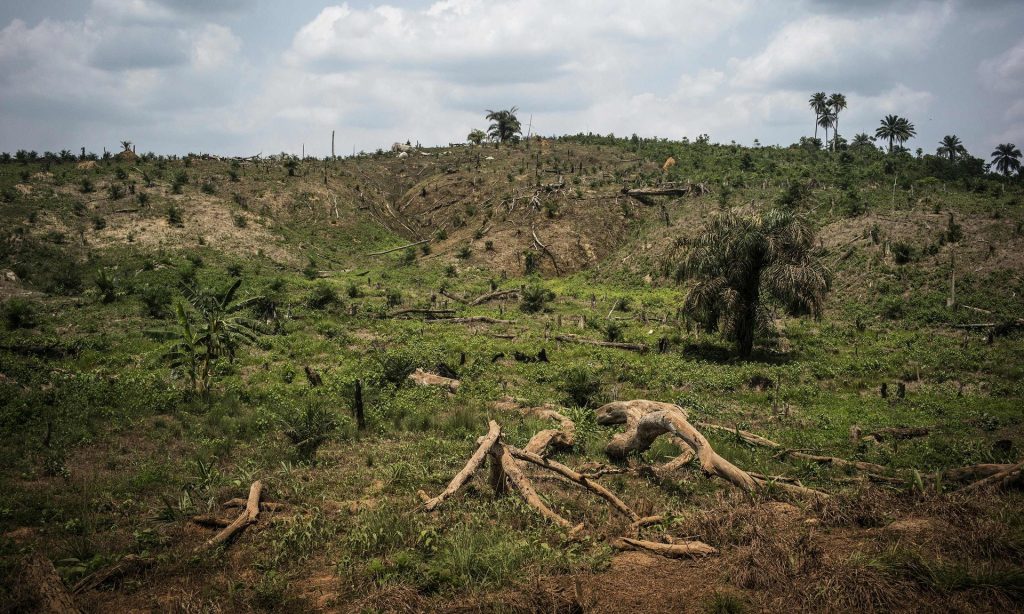
So, the boss tells you the company’s going through a bit of a shake-up due to the current market conditions and needs a ‘more efficient’ workforce. He apologetically explains that you and Tim down the hall… are doing a one-person job. Plant extinctions might be happening in much the same way… for the moment.
The rate of extinction is too damn high, and it’s driven primarily by human activities creating habitat loss, introduced exotic species and global warming. Using even the most conservative estimates, it’s thought we’re currently experiencing the 6th mass extinction in Earth’s history1. Previous events include the one that took out the dinosaurs. It’s estimated that we’re losing species at 1000-10000 times the background rate (extinction rate if humans weren’t around)2. For plants specifically, 21% of species are considered threatened with extinction according to ICUN red list criteria3 and less species equals less diversity.
But does losing biodiversity in ecosystems matter? Can the same amount of just one species not be as successful? One of the first studies to test this was performed in the Ecotron4,5, sadly not a planet saving robot, but a laboratory with completely controllable sealed environments. Simply put, they found an increase in mean biomass (functioning) with increasing diversity. Similarly scientists running an unrelated 11 year grassland experiment in Minnesota realised that their squares of grass maintained at different levels of diversity would be perfect for investigating this question6,7. They also found higher productivity with increased plant diversity and further encountered increased stability of the ecosystem in response to drought. But these experiments took place in one location, can this be repeated across the world? The Biodepth Project8 did just that, monitoring controlled grasslands in eight different European countries. Once again, increased productivity with greater diversity was observed overall. So, these microcosm experiments seem to be telling us that if we lose diversity through extinction it will have a negative effect on the functioning of whole ecosystems.

Where does redundancy fit into this? Take a look at Figure 2. The straight line running through the middle of A, B and C depicts a situation where every species makes a unique contribution; you’re better with IT, Tim down the hall is better with report writing. However, what’s found in the majority of research9 is the saturated curve at the top of each graph. Here we see an initially slow decline in functioning as most species that die off have one doing something similar to take its place; you and Tim basically do the same job. This is called species redundancy. But once we run out of non-unique species, we suddenly spiral into a fast and dramatic decline in functioning.
What’s worrisome about this? We are currently not sure where exactly on this saturated curve most of our ecosystems sit. Can we rely on species redundancy for a long time to come or are we at the edge of the precipice about to destroy the productivity of the natural world. I’d rather not find out.
References:
- Ceballos, G., Ehrlich, P.R., Barnosky, A.D., García, A., Pringle, R.M. and Palmer, T.M. 2015, ‘Accelerated modern human–induced species losses: Entering the sixth mass extinction’, Science Advances, 1 (5): e1400253.
- Chivian, E. and Bernstein, A. (eds), 2008, Sustaining life: how human health depends on biodiversity. Oxford University Press, Oxford.
- Kew, R.B.G. 2016, The state of the world’s plants report–2016, Kew: Royal Botanic Gardens.
- Naeem, S., Thompson, L.J., Lawler, S.P., Lawton, J.H. and Woodfin, R.M. 1995, ‘Empirical evidence that declining species diversity may alter the performance of terrestrial ecosystems’, Philosophical Transactions of the Royal Society of London B: Biological Sciences, 347 (1321): 249-262.
- Naeem, S., Thompson, L.J., Lawler, S.P., Lawton, J.H. and Woodfin, R.M. 1994, ‘Declining biodiversity can alter the performance of ecosystems’, Nature, 368 (6473): 734-737.
- Tilman, D. and Downing, J.A. 1994, ‘Biodiversity and sustainability in grasslands’, Nature, 367 (6461): 363-365.
- Tilman, D., Wedin, D. and Knops, J. 1996, ‘Productivity and sustainability influenced by biodiversity in grassland ecosystems’, Nature, 379 (6567): 718-720.
- Minns, A., Finn, J., Hector, A., Caldeira, M., Joshi, J., Palmborg, C., Schmid, B., Scherer-Lorenzen, M., Spehn, E. and Troumbis, A. 2001, ‘The functioning of European grassland ecosystems: potential benefits of biodiversity to agriculture’ Outlook on Agriculture, 30 (3): 179-185.
- Cardinale, B.J., Matulich, K.L., Hooper, D.U., Byrnes, J.E., Duffy, E., Gamfeldt, L., Balvanera, P., O’Connor, M.I. and Gonzalez, A. 2011, ‘The functional role of producer diversity in ecosystems’, American journal of botany, 98 (3): 572-592.
Recent Comments